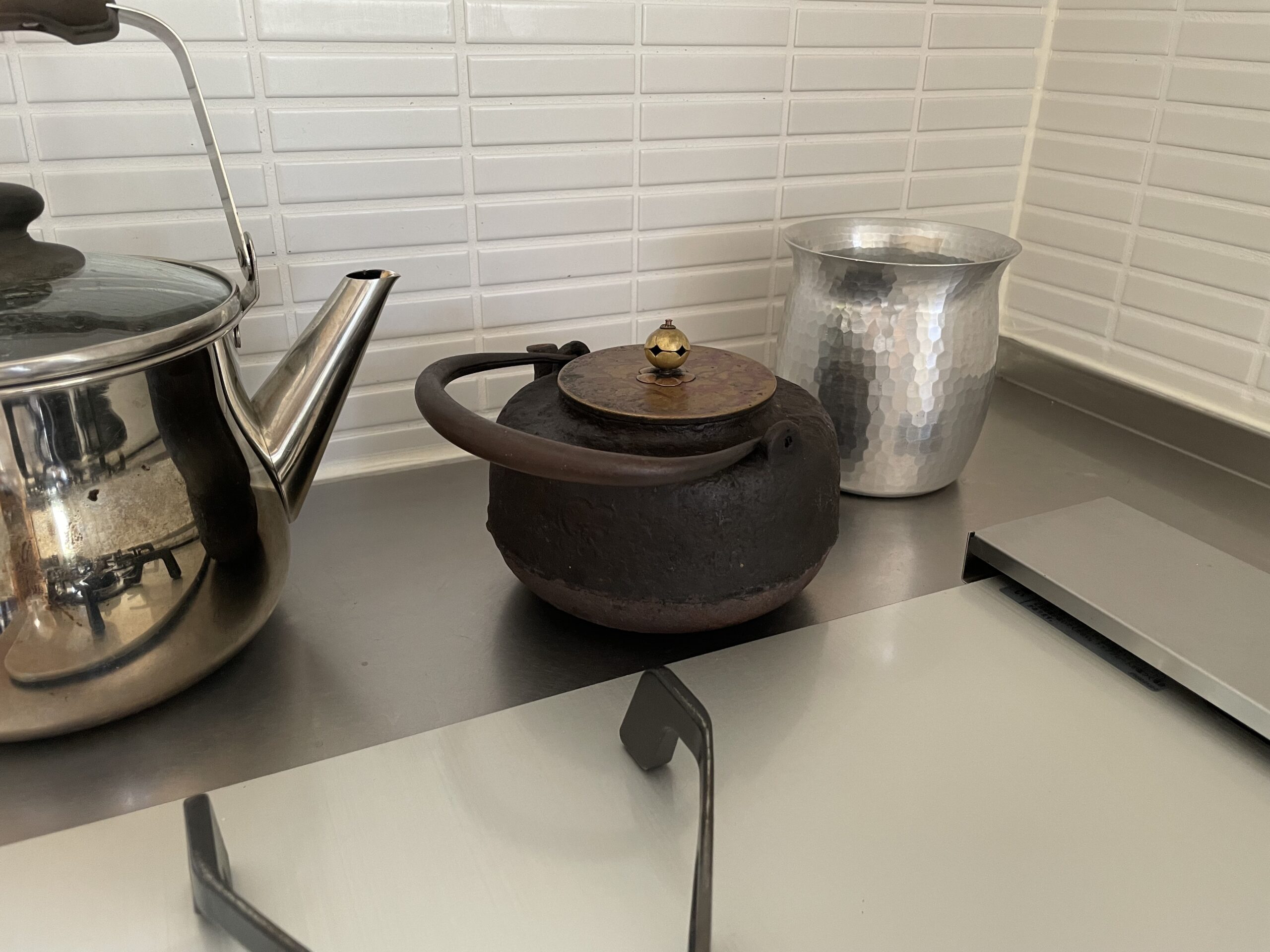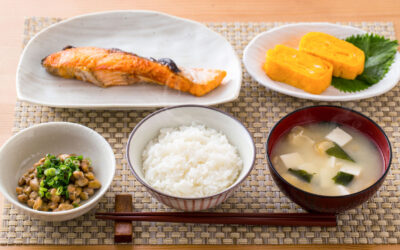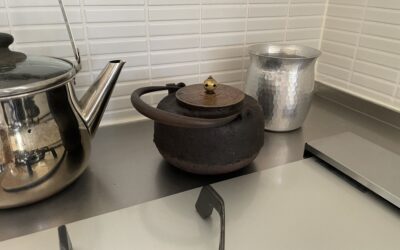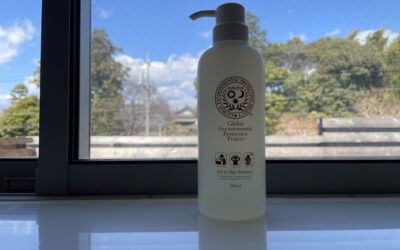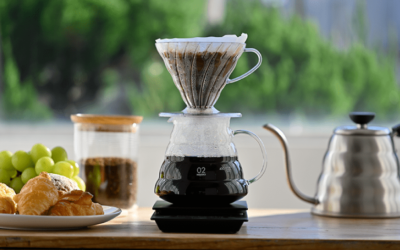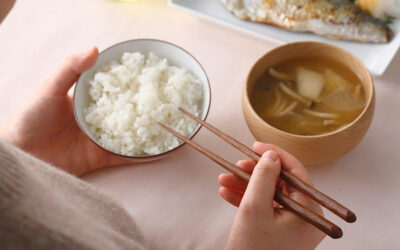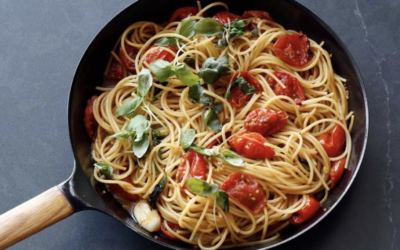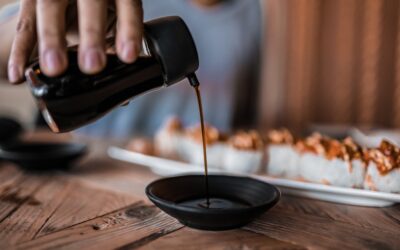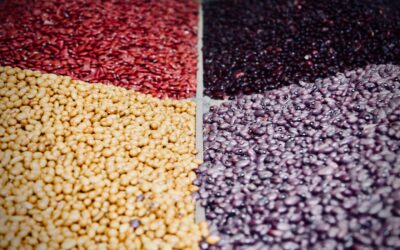In Japan, “Sayu” is now gradually becoming popular. Because this is so effective for well-being with little cost. Furthermore, the use of certain traditional Japanese crafts for making “Sayu” enhances the effect and enables for us to make it a habit.
“Sayu” Water, Not Only Boiled, Not Only Cool
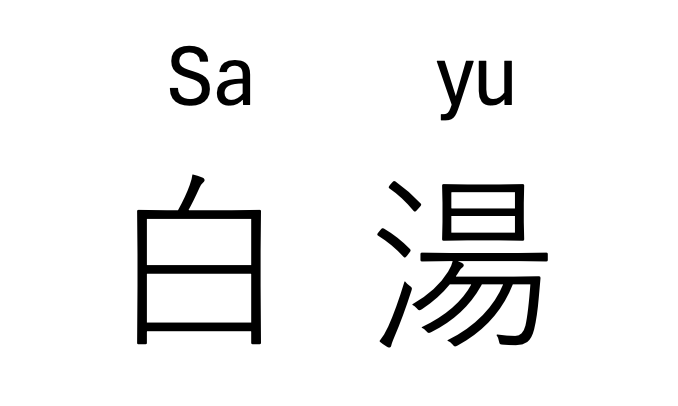
“Sayu” In Japan from “Ayurveda” in Sanskrit
“Sayu”, in Japanese, is directly translated into “White Hot Water”, which had meant that it is clear, colorless, just boiled water for drinking, with nothing added. In recent years, however, it has been changed into that it is water boiled to about 100℃ and then cooled to about 50℃, which is easier to drink. This is truly one of the Ayurveda approaches to health.
Ayurveda, which translates as “knowledge of life,” dates back 5,000 years to the ancient Sanskrit texts, the Vedas. It’s a system of healing that examines physical constitution, emotional nature, and spiritual outlook in the context of the universe. According to the philosophy, universal life force manifests as three different energies, or doshas, known as Vata, Pitta, and Kapha. We’re all made up of a unique combination of these three forces.
Though everyone has some of each, most people tend to have an abundance of one or two of the doshas. As you move through life, the proportion of each of the three doshas constantly fluctuates according to your environment, your diet, the seasons, the climate, your age, and many other factors. As they move into and out of balance, the doshas can affect your health, energy level, and general mood.
has these three forces in balance, depending on the unique and simple manufacturing process. When Water as the Kapha force is fired, it can get the Pitta force. As Bubbles are born after boiled, it can also get the Vata force. In other words, we can maintain the forces which our own bodies require, by drinking Sayu with fine-tuning this manufacturing process to our own body’s conditions.
The Powerful Name Value of “Sayu” in Japan
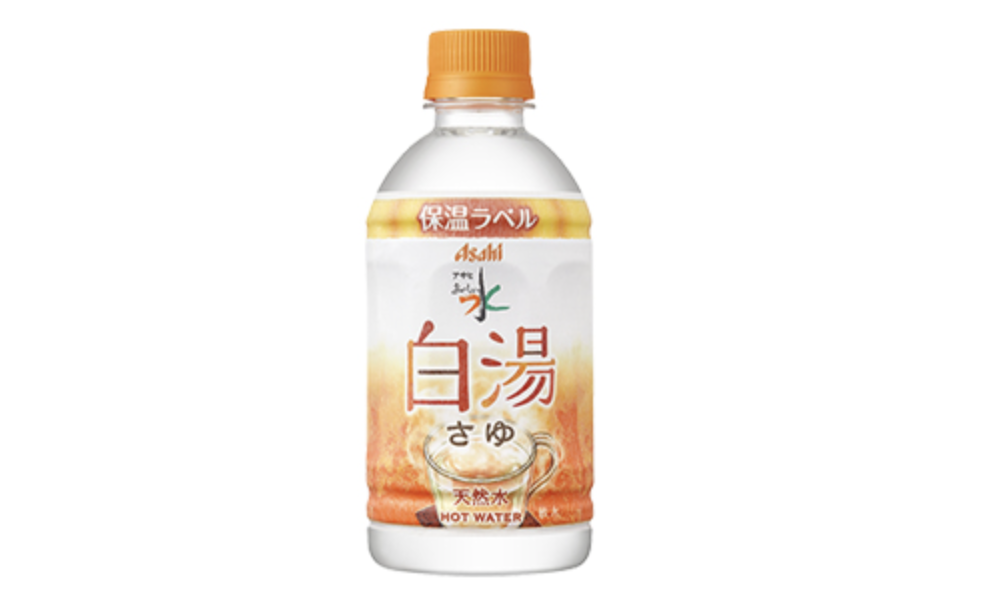
In Japan, a bottled beverage has gotten a lot of attention since 2022. This beverage increased sales in 2023-24 by more than 170% over the last year without advertisement. This phenomenon is extremely abnormal in the beverage industry, because whether their products are dead or alive has been almost determined by each quality of advertisement. Furthermore, while most beverages are usually seasonal products, this one has achieved year-round sales.
The product name is just “Sayu” produced by Asahi Soft Drinks, which had originally attempted to sell the same beverage as “Hot Natural Water”, but this attempt had failed. These phenomena prove the strength of Sayu’s name value in Japan. Sales of this beverage are significant in convenience stores. They are well in the morning, and furthermore stable during the day or night, less likely to drop than other hot beverages.
The main purchasers of this beverage are females in their 20s to 30s, but 40% of the total ones are males, and among them, more tend to be in their 40s than females. This trend suggests that they would be highly conscious of taking care of their well-being in their available limited time, but what boosts them to purchase Sayu?
Basal Metabolism Booster
Japanese convenience stores sell a lot of hot beverages, including coffee, green tea, milk tea, lemon water, and so on. They are so tasty that would be able to be purchased and drunk without resistance usually.
However, not a few people are not acceptable to drinking them in certain situations. They feel that those beverages with caffeine or sugar are too stimulative, because they are struggling to maintain their own physical and mental health. One of the factors contributing to their poor performance is a decrease in basal metabolism.
This symptom is generally said to be due to aging, reckless dieting, and autonomic nervous system disorders. Females in their 20s and 30s and males in their 40s, the primary purchasers of Sayu beverage, are more susceptible to those conditions, because they are busy both to work and to rear their children, and they are also under the stress of human relationships and more hard climate change.
From this evidence, we can consider that either their knowledge based on their experience and research, or their instinct to improve their own basal metabolism, would prompt them to purchase the Sayu beverage. In fact, the benefits of Sayu are often described below:
-You can get many nutrients after food is digested through your warmed stomach and intestines
-You can also eliminate your waste and excess water by improving your bloom and lymphatic flow
-You can absorb the water your body needs in moderation.
How to Make “Sayu”
The method of making Sayu is quite simple.
1. bring water to a boil
2. lower the temperature of the boiled water to a comfortable temperature to drink
The comfortable temperature to drink is about 50°, but this adjustment can depend on each person’s sensibilities. The most important issue of making Sayu is to make this process a habit.
We will take coffee as a sample here. It is estimated that a great many people would drink coffee when taking a break from work or tasks. This is because coffee contains elements that make it habit-forming, for example, caffeine, taste, and fragrance.
Compared to this, Sayu is just “water”. However beneficial drinking Sayu is to your body, it is difficult to make it a habit. Thus, in the next chapter, we will introduce one consciousness and one item that can make this a habit.
How do you make “Sayu” a Habit?
#1: Drink at Waking Up

The most effective time to drink Sayu is first thing in the morning. One night’s sleep releases 200-500ml water from human bodies. In other words, all of us are a little dehydrated every morning. In order to escape from this condition, we need to drink a certain amount of water. However, cold water would have negative effects on our bodies in the morning.
Against this, we would like to suggest a morning cup of Sayu, which can relieve dehydration and stimulate the activity of internal organs by warming. However, this suggestion would be difficult to be acceptable for most people, who are so busy in their morning.
#2: Make with an Iron Kettle
So, we have one more suggestion, which is to introduce an iron kettle into the process of making Sayu. In particular, we would like to recommend Japanese iron kettle, in Japanese “Tetsubin”, which has become a traditional craft here.
Taste Milder: When water is boiled in the “Tetsubin”, the water can include an iron ingredient. This ingredient reacts with residual chlorine to break down and remove chlorine, which gives off undesirable odors. This might be possible with other types of kettles. In fact, Tetsubin has another rare feature.
This feature is that Tetsubin can be coated by “Yuaka” inside. This Yuaka, in Japanese, indicates deposits of minerals in water, such as calcium and magnesium. Yuaka grows the more it is used and becomes coated better, preventing the inside from iron rusting. In other words, Tetsubin can soften the water, which taste is mild, while allowing the water to contain a moderate amount of iron.
Anemia Improvement: Furthermore, this iron ingredient includes many of Fe2+, which is abundant in animal foods, such as liver or fish, and is 5-6 times more readily absorbed than Fe3+, many in plant foods, into the body. You can improve your anemia or even rejuvenate your circulatory system by drinking Sayu, without taking many supplements.
Recommended Iron Kettles
“Nambu” Ironware
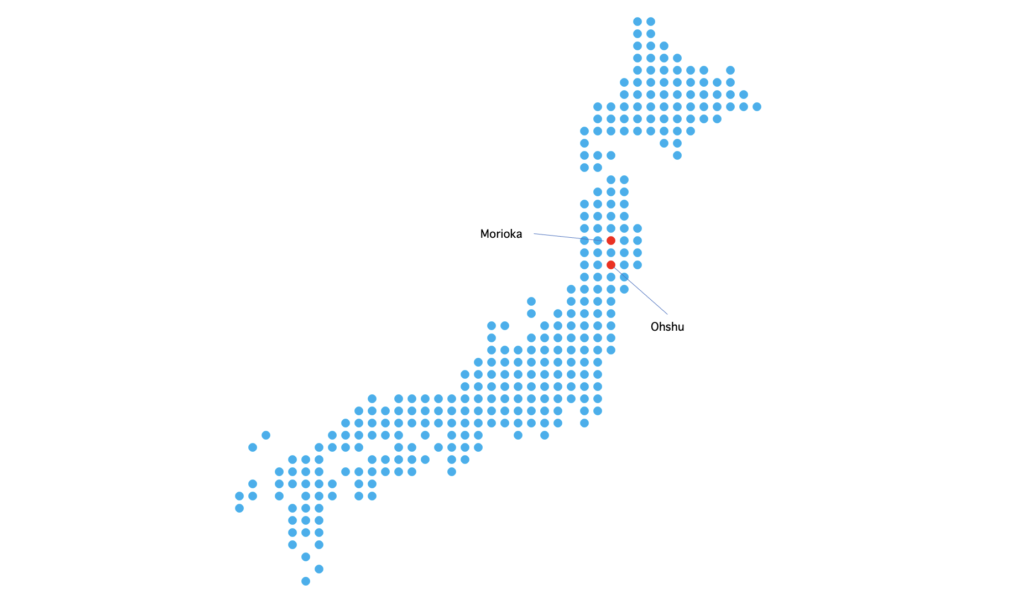
Our recommendation is “Nambu” Ironware. This has been manufactured in Morioka-City and Ohshu-City in Iwate-Prefecture since the Edo Period, in which this area was called Nambu–Han and the top manager of this area invited several types of creators from Kyoto to manufacture iron pots for tea ceremonies.
Recently, their incredible craftsmanship and practicality have been highly regarded around the world, so many people from abroad have come to purchase them. Here are three leading manufacturers of Nambu ironware.
#1: OIGEN
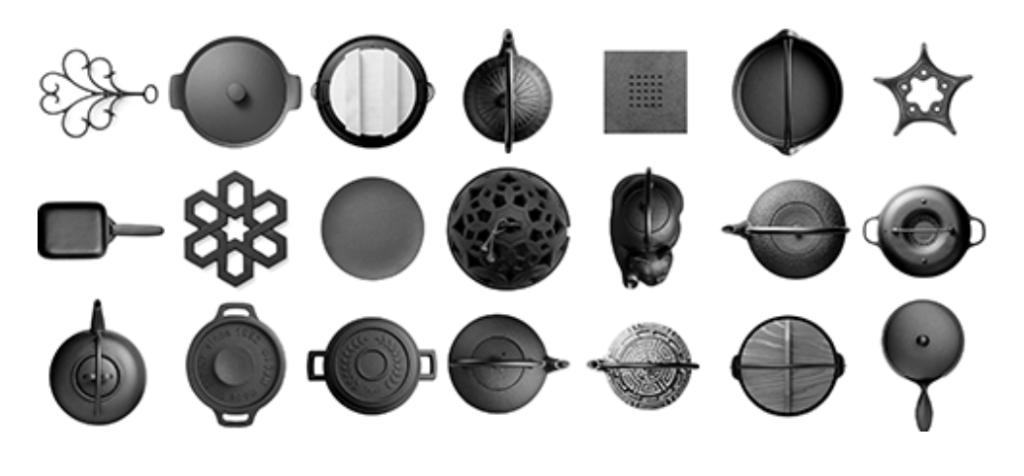
Oigen, founded in 1852, is a long-established manufacturer of Nambu ironware and has proposed the joys of living with ironware. They have iron kettles, iron frying pans, iron pots, and iron teapots which are very popular as gifts.
#2: OITOMI
Oitomi can be seen as an innovator among Nambu ironware manufacturers. They have been creating innovative designs while preserving traditional craftsmanship.
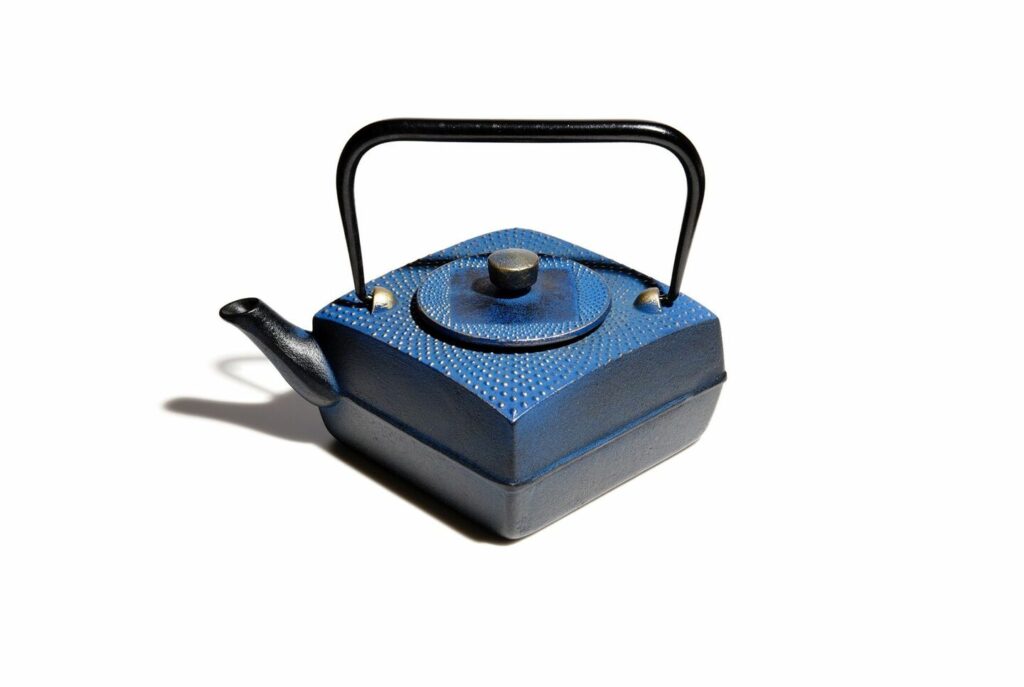
©Oitomi, Nambu iron kettle, Square Arare
Oitomi can be seen as an innovator among Nambu ironware manufacturers. They have been creating innovative designs while preserving traditional craftsmanship.
#3: IWACHU
Iwachu also has Tetsubin as one of their products, but their iron kitchenware is more incredible.
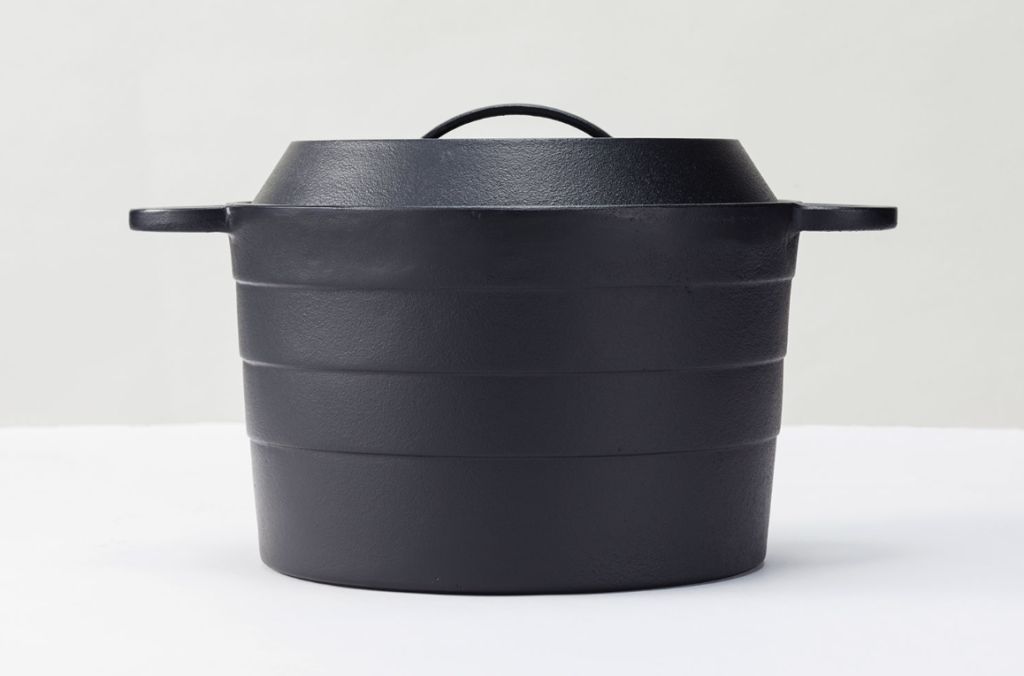
©Iwachu Nambu iron kitchenware, Japan Brand
Their products are available for a wide range of uses, including frying pans, rice pans, omelets, fondue, and Japanese soul food “Takoyaki”.

